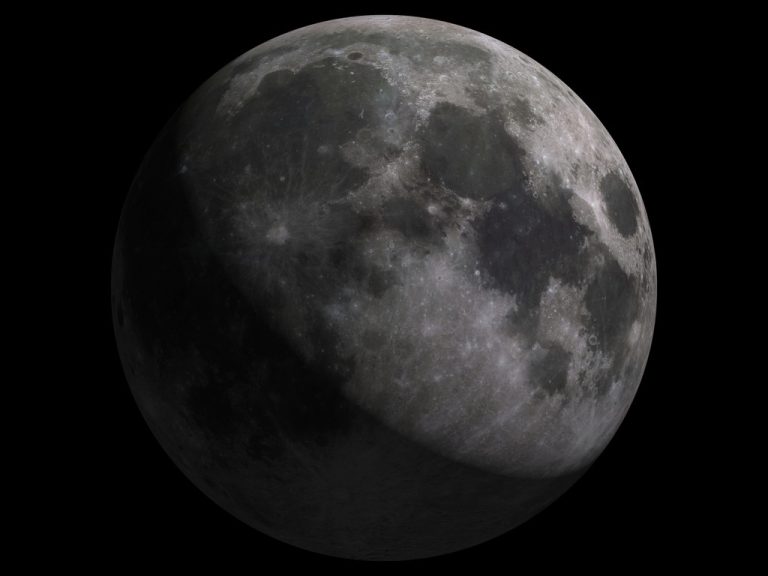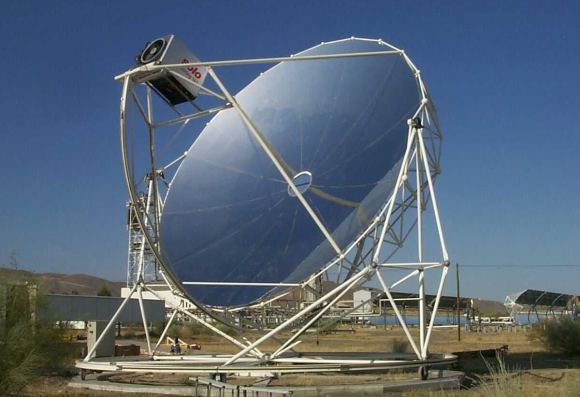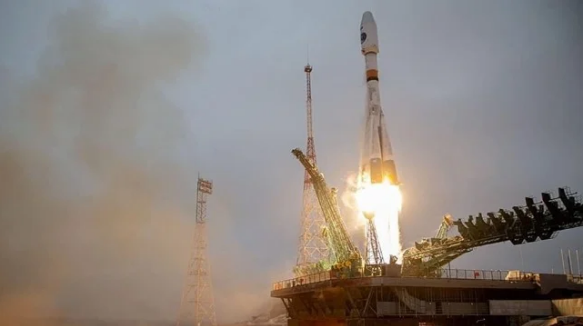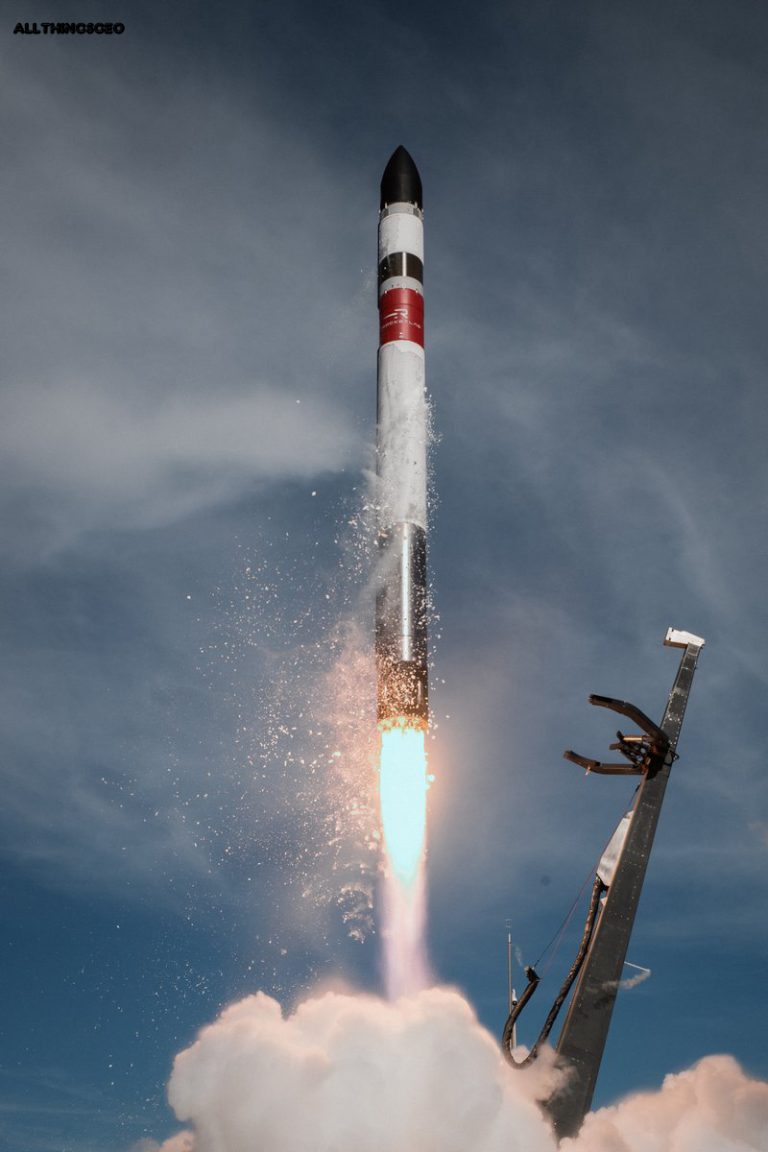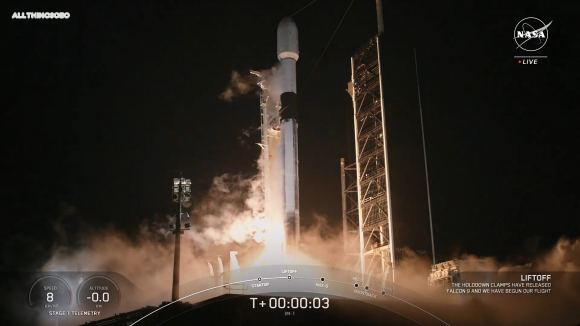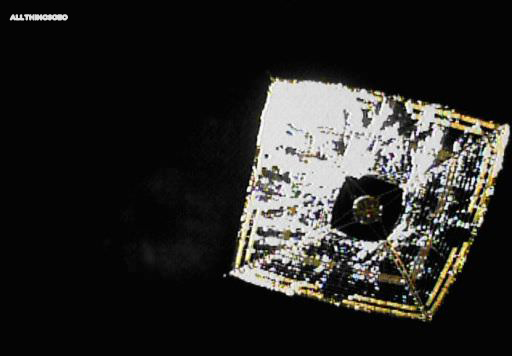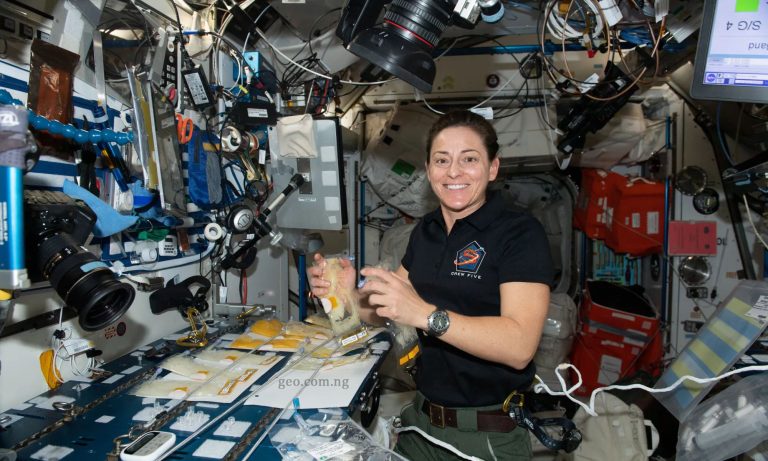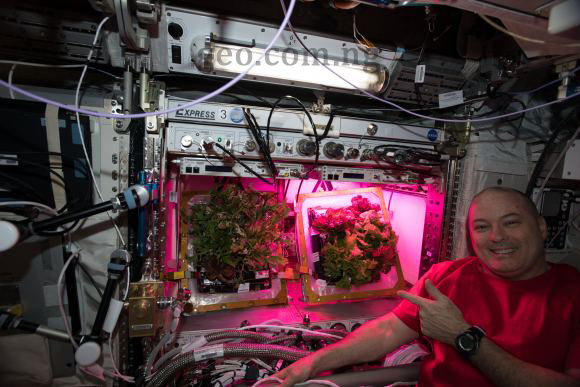SpaceX Introduces Its New Spacewalking Suit
Key Takeaway:
SpaceX’s Revealing of its new Extravehicular Activity (EVA) suit marks a significant stride in advancing human spaceflight capabilities. Designed with mobility, comfort, and redundancy in mind, these suits are set to debut during the Polaris Program missions, promising groundbreaking research and exploration ventures.
Summary:
- Introduction of SpaceX’s Polaris Program and its aim to advance human spaceflight capabilities.
- Evolution of the Intravehicular Activity (IVA) suit to the Extravehicular Activity Space Suit for Polaris astronauts.
- Features of the new EVA suit, including enhanced mobility, redundancy, and advanced helmet technology.
- Overview of the Polaris Dawn mission, including its objectives and scientific research collaborations.
- Significance of the mission, including the first commercial spacewalk and testing of the Starlink communication system.
- Detailed research activities planned during the Polaris Dawn mission, focusing on human health in space.
- Future missions in the Polaris Program and SpaceX’s long-term goals for space exploration.
SpaceX Introduces Its New Spacewalking Suit
SpaceX’s latest Revealing of the Extravehicular Activity (EVA) suit under its Polaris Program heralds a new era of human spaceflight. With a focus on innovation, safety, and exploration, these suits promise to revolutionize how astronauts operate in the unforgiving environment of space.
In a press release, SpaceX emphasized the evolution of the EVA suit from its predecessor, the Intravehicular Activity (IVA) suit, which has been instrumental in recent crewed missions, including the historic Demo-2 and Inspiration4 missions. The new suits boast advanced features aimed at enhancing mobility and comfort for astronauts during both pressurized and unpressurized scenarios.
Elaborating on the design enhancements, SpaceX highlighted the incorporation of novel joint designs and materials, ensuring greater flexibility for astronauts during extravehicular activities. Additionally, the suit’s redundancy features, such as additional seals and pressure valves, offer added safety measures to maintain pressurization in space.
“Developed with mobility in mind, SpaceX teams incorporated new materials, fabrication processes, and novel joint designs to provide greater flexibility to astronauts in pressurized scenarios while retaining comfort for unpressurized scenarios.” – SpaceX Press Statement
One of the most notable advancements in the new EVA suit is the redesigned helmet, featuring a state-of-the-art visor that reduces glare and integrates a camera and Heads-Up Display (HUD). This technological marvel not only enhances visibility for astronauts but also facilitates monitoring of critical conditions within the suit.
The maiden voyage of the EVA suit is slated to occur during the Polaris Dawn mission, the inaugural flight of the Polaris Program. Led by commander Jared Isaacman, this mission aims to achieve several milestones, including the first commercial spacewalk and testing of the Starlink laser-based communication system in space. Moreover, the crew will engage in extensive scientific research collaborations with leading institutions to further our understanding of human health in space.
The company’s website states that the Polaris Dawn mission will research many topics. This includes using ultrasound to monitor venous gas emboli and studying how space radiation affects human biology. These studies are crucial for improving medical knowledge and healthcare in space and on Earth.
The Polaris Program doesn’t stop at Polaris Dawn; it sets the stage for future missions, including Polaris II and Polaris III. These missions aim to build upon the achievements of their predecessors, with Polaris III marking the first human spaceflight utilizing the Starship and Super Heavy launch vehicle. However, beyond individual missions, SpaceX envisions a broader mission for its EVA suit – to support the establishment of human settlements on the Moon and Mars.
While Polaris Dawn will be the first time the SpaceX EVA suit is used in low-Earth orbit, the suit’s ultimate destiny lies much farther from our home planet. Building a base on the Moon and a city on Mars will require the development of a scalable design for the millions of spacesuits required to help make life multiplanetary.” – SpaceX Press Statement
In conclusion, SpaceX’s new Extravehicular Activity suit represents a pinnacle of innovation and ambition in human spaceflight. With its debut set to mark a new chapter in space exploration, these suits are poised to accompany astronauts on daring journeys beyond Earth’s bounds, paving the way for a future where humanity spans across multiple planets.
Hashtags:
#SpaceX #PolarisProgram #SpaceExploration #EVASuit #SpaceTechnology
References:
- SpaceX Website: SpaceX Updates
- Polaris Program Website: Polaris Program


